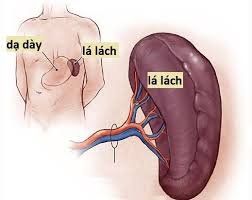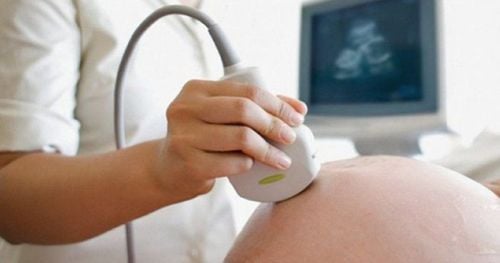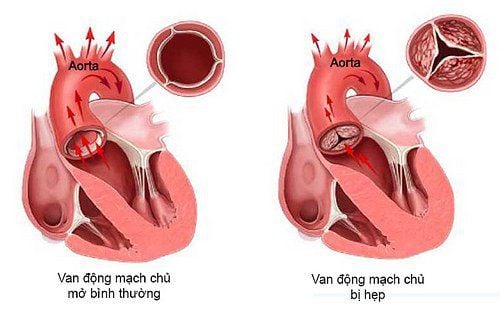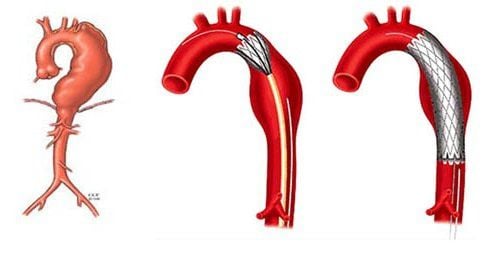This is an automatically translated article.
Article by Doctor Pham Quoc Thanh - Department of Diagnostic Imaging - Vinmec Hai Phong International General Hospital.
ARSA is an acronym for Aberrant Right Subclavian Artery which is essentially an ectopic right subclavian artery. ARSA is a relatively common deformity of the branches of the aortic arch. The aorta is one of the large blood vessels that carries blood from the heart: it supplies oxygen-rich blood to the head and trunk.
1. What is ARSA?.
The aorta leaves the heart, it runs up to the head, then forms the aortic arch and then down to the chest and abdomen. In most people, there are three vascular branches of the aortic arch that ascend to the head, neck, and arms.
Normally, the right subclavian artery arises from the brachiocephalic artery, which is a branch of the aortic arch. In about 1% of people, the aortic arch has four branches, and the right subclavian artery arises directly from the aorta as it descends into the thorax. It runs behind the windpipe and esophagus (the tube connecting the mouth and stomach), and then goes toward the shoulder and right arm. The figure below shows that the aortic arch has four branches: the right common carotid artery, the left common carotid artery, the left subclavian artery, and the ectopic right subclavian artery (ARSA).
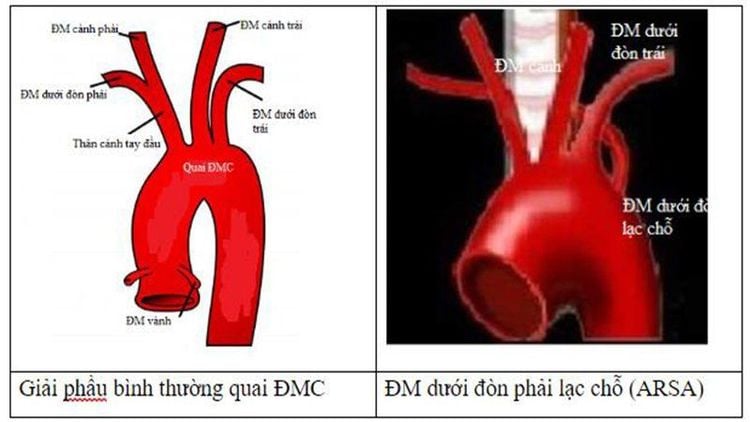
2. How was ARSA created?
During infancy (the first weeks in the uterus), when the complex anatomy of the heart and blood vessels is developing, some blood vessels begin to pair, fuse, while others turn lost. In ARSA, the normal growth pattern is slightly altered, preventing the normal formation of the three branches of blood vessels. This results in 4 branches rather than 3 from the left aortic arch, one of which is ARSA.
3. How are chromosomal abnormalities associated with ARSA?
Chromosomes are where our genetic information is stored. We have 46 chromosomes in pairs: 23 from the father and 23 from the mother.
For example, people with Down syndrome have an extra chromosome 21. People with DiGeorge syndrome have a change in information on one of chromosome 22. Both conditions are quite common in babies with ARSA ; if a change in information in a chromosome occurs, it will be the cause of ARSA. However, in most cases of ARSA, no chromosomal abnormality or genetic cause is found.
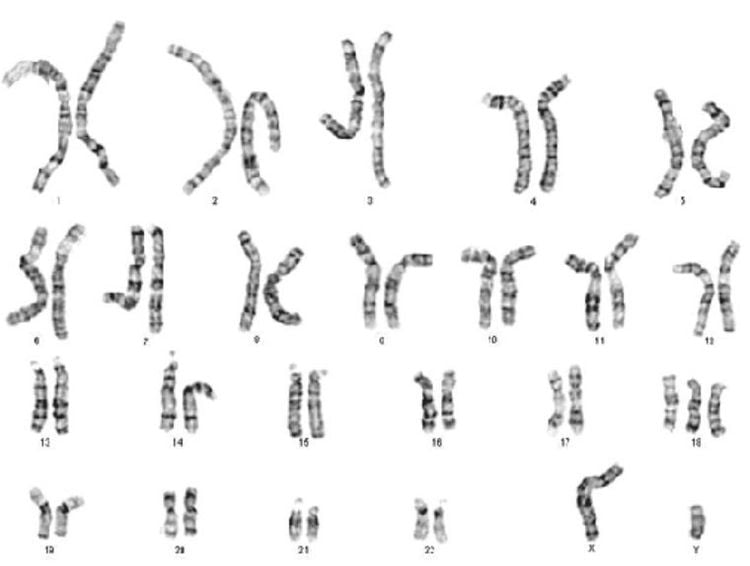
4. Should more tests be done?
When ARSA is identified on fetal ultrasound, you should have a detailed ultrasound of the fetal morphology, especially the heart and blood vessels. If ARSA is isolated and no further anatomical abnormalities are noted, you may not need further testing. However, if anything else is suspected, genetic counseling and genetic testing should be done to rule out possible chromosomal abnormalities in the baby, such as Down syndrome and DiGeorge's syndrome.
The underlying risk for having a baby with Down syndrome or other genetic abnormalities can be traced back to previous screening tests (such as maternal age, nuchal translucency, Double test, Triple test.. .). Your treatment will depend on a number of factors, including your mother's age, the week of pregnancy when ARSA was diagnosed, and the results of screening tests for Down syndrome and genetic tests. other that you already have.
5. What does ARSA mean for the baby after birth?
Most children with ARSA have no symptoms, and they are unlikely to know that they have this variant. ARSA is not a worrisome finding. If ARSA is solitary, your doctor may advise you what to watch for your baby after birth.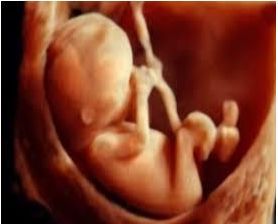
In some cases this blood vessel can compress the trachea or esophagus and create problems with breathing or swallowing. If ARSA is found to be associated with other anatomical or chromosomal abnormalities, your doctor will further advise you on the specific prognosis for these combined abnormalities. Every baby is different. You and your doctor can work together to plan the best follow-up for your baby.
You should tell the doctor that your baby has ARSA if your baby has surgery on the chest area, especially the trachea and esophagus. Because this is very important to help the doctor understand the anatomy, avoid causing damage to this ectopic blood vessel.
ARSA needs to be evaluated, periodically monitored to give early diagnosis, earliest intervention to ensure safety for the fetus.
At Vinmec International General Hospital, there are:
A modern and specialized ultrasound machine system with software used for ultrasound assessment of pregnancy. A storage system to compare the development or changes of the fetus in different periods of time. Experienced sonographers and a team of obstetricians will monitor, advise and intervene in a timely manner. Fetal development In addition, Vinmec International General Hospital currently has a package maternity service as a solution to help pregnant women feel secure because of the companionship of the medical team throughout the pregnancy. When choosing Maternity Package, pregnant women can:
The pregnancy process is monitored by a team of highly qualified doctors Regular check-ups, early detection of abnormalities The package pregnancy helps to facilitate convenient for the birthing process Newborns are taken care of comprehensively.
Please dial HOTLINE for more information or register for an appointment HERE. Download MyVinmec app to make appointments faster and to manage your bookings easily.






